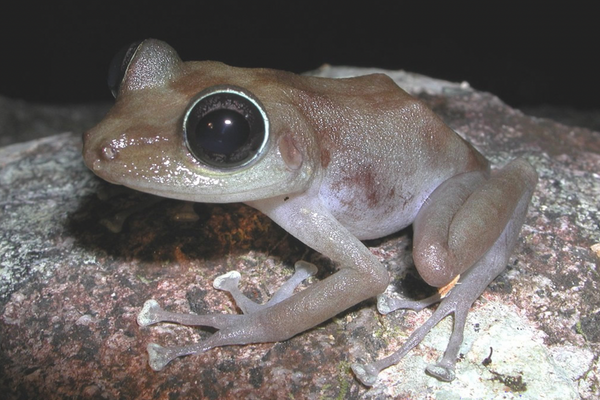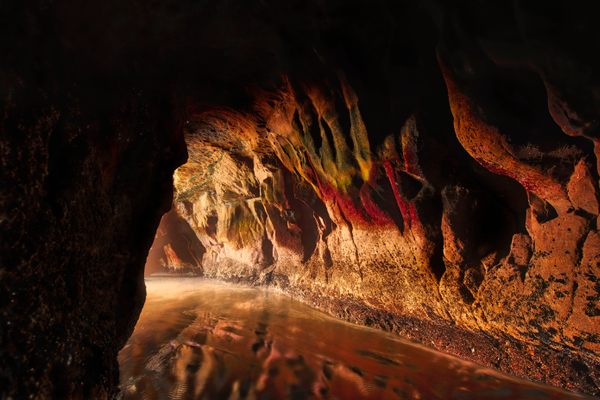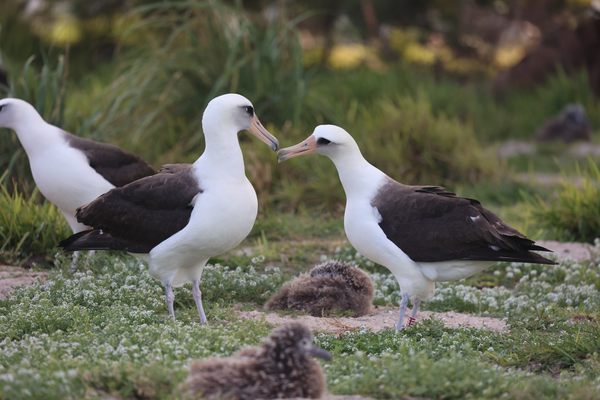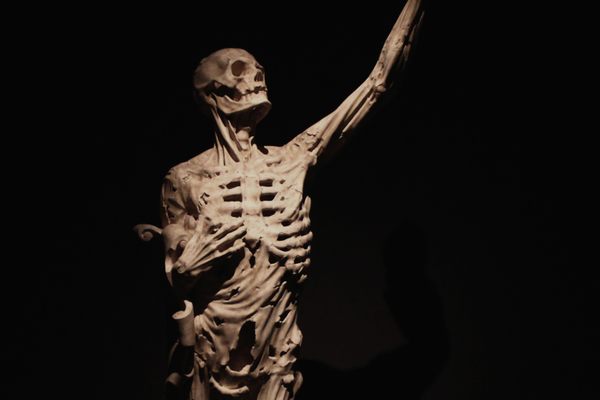Medieval Trade Routes Brought a Cockatoo From Australia to Italy
Long before Europeans reached Australia, the two continents were connected.

The first time a European ship landed in Australia, as far as anyone can prove today, was in 1606. In the history of colonialism, Australia is often considered a relatively late European “discovery.” But a manuscript from the 13th century shows that, indirectly, Europeans had contact with this faraway continent for hundreds of years before they first landed there.
The evidence? A cockatoo.
In the manuscript of De Arte Venandi cum Avibus (The Art of Hunting With Birds), a treatise on falconry, a group of Finnish scholars recently stumbled across four images of a white bird. The manuscript is held in the Vatican Library, and the most used English translation doesn’t include these images.

The scholars thought the bird looked an awful lot like a cockatoo, and they got in touch with Heather Dalton, a honorary research fellow at the University of Melbourne. Dalton had previously identified the oldest image of a cockatoo in Europe, on an Italian altarpiece from 1496.
The manuscript images, though, predated that one by 250 years. Dalton identified the bird as either a Triton or a subspecies of yellow-crested cockatoo. It would have come, she writes, from the northeast part of the Australia mainland, from New Guinea, or from nearby islands.
According to the manuscript, the cockatoo was a gift from the sultan of Egypt to the Holy Roman Emperor. The bird would have traveled for many years overland to reach Europe, Dalton’s analysis revealed. Though Europeans may have only had a fuzzy idea of the lands of Oceania, the vast trade networks of the Middle Ages connected them long before European sailors made it there themselves.

















Follow us on Twitter to get the latest on the world's hidden wonders.
Like us on Facebook to get the latest on the world's hidden wonders.
Follow us on Twitter Like us on Facebook